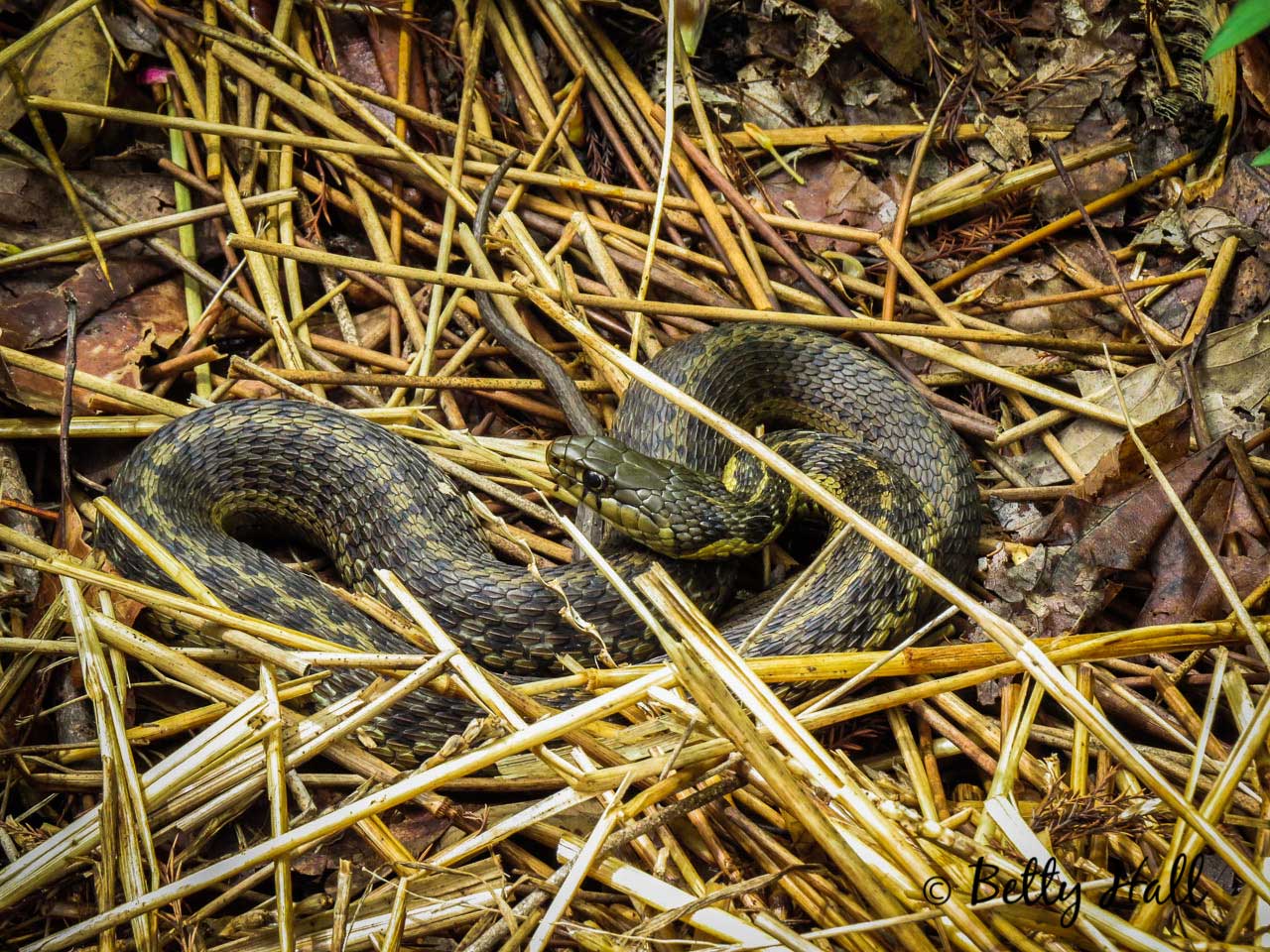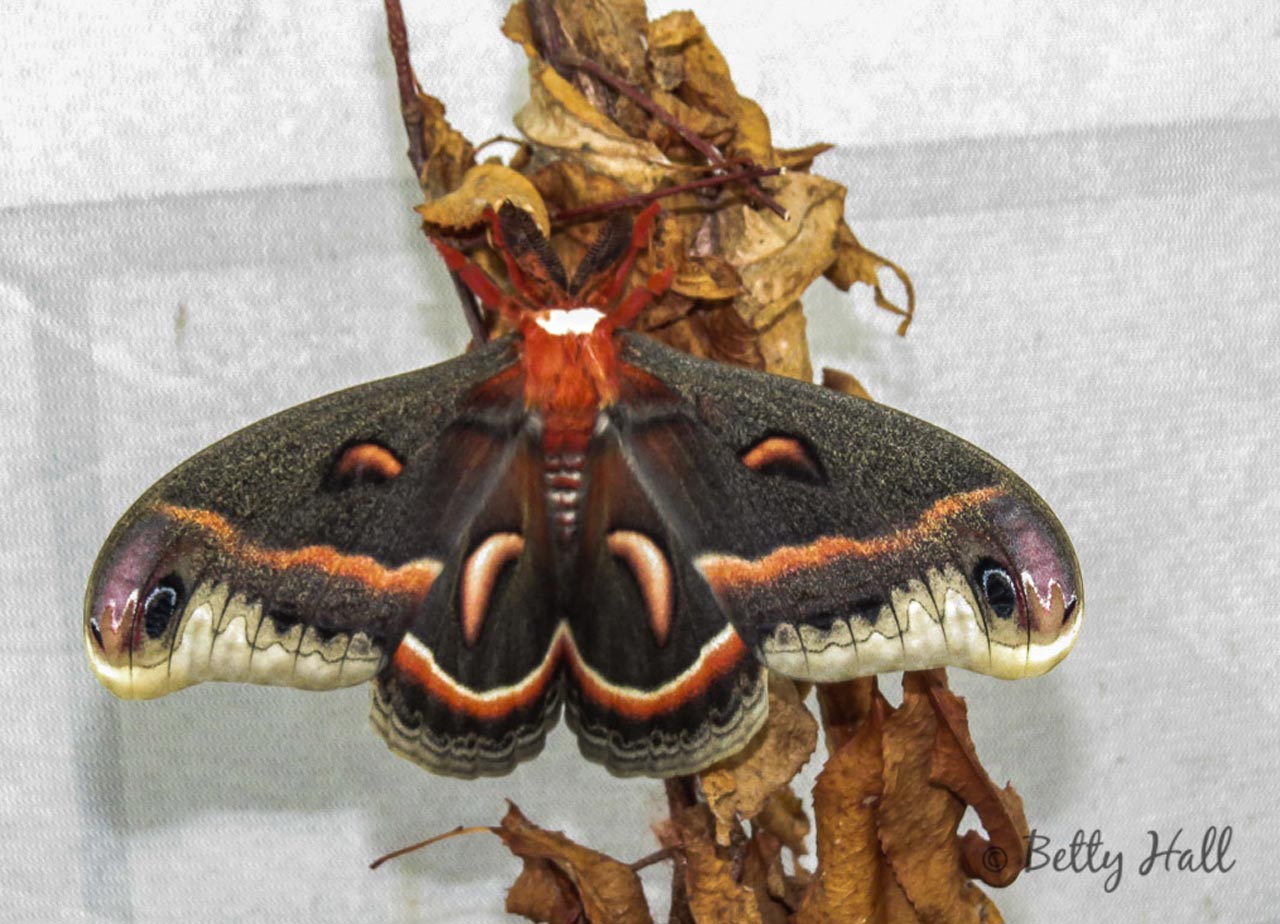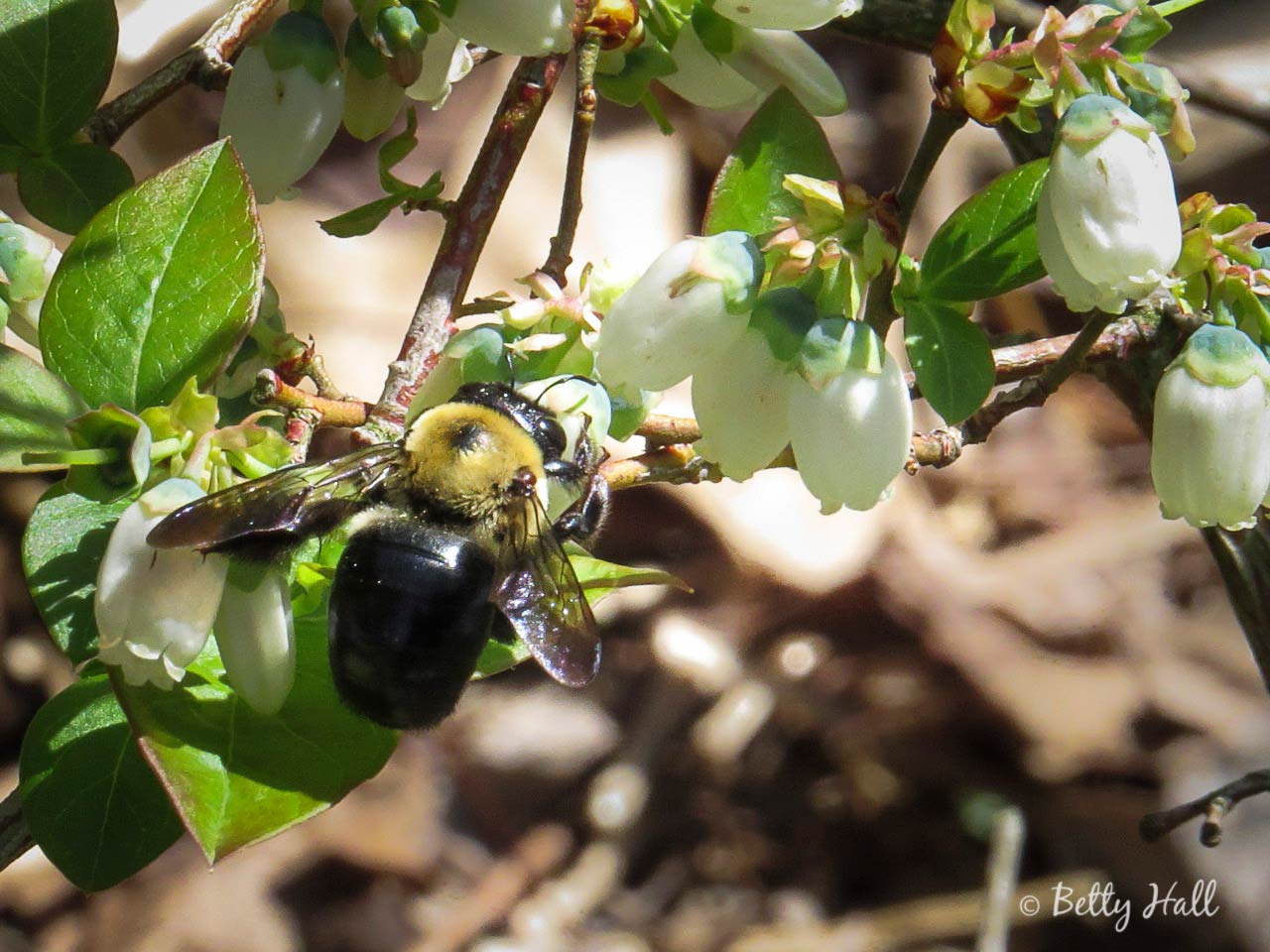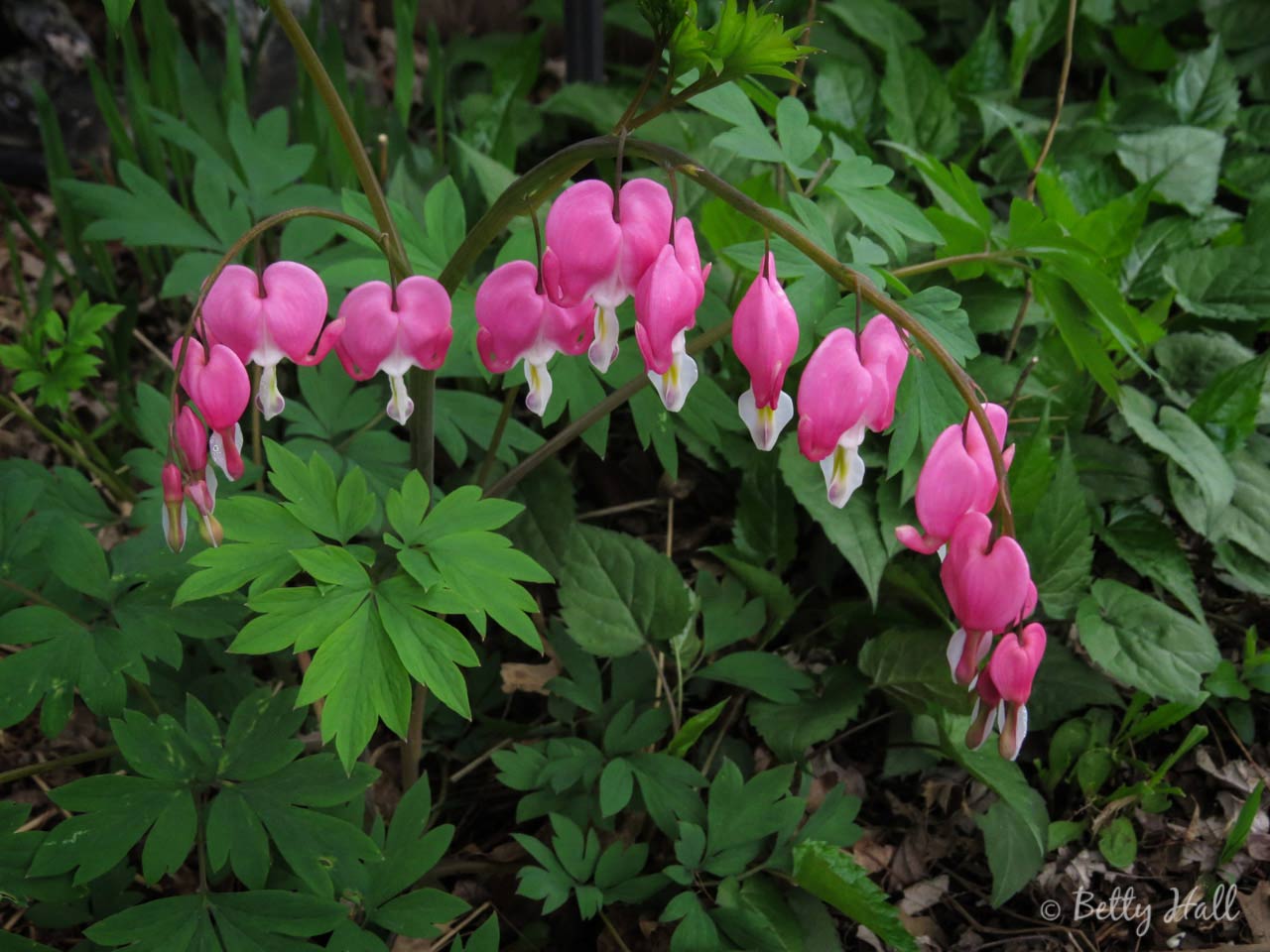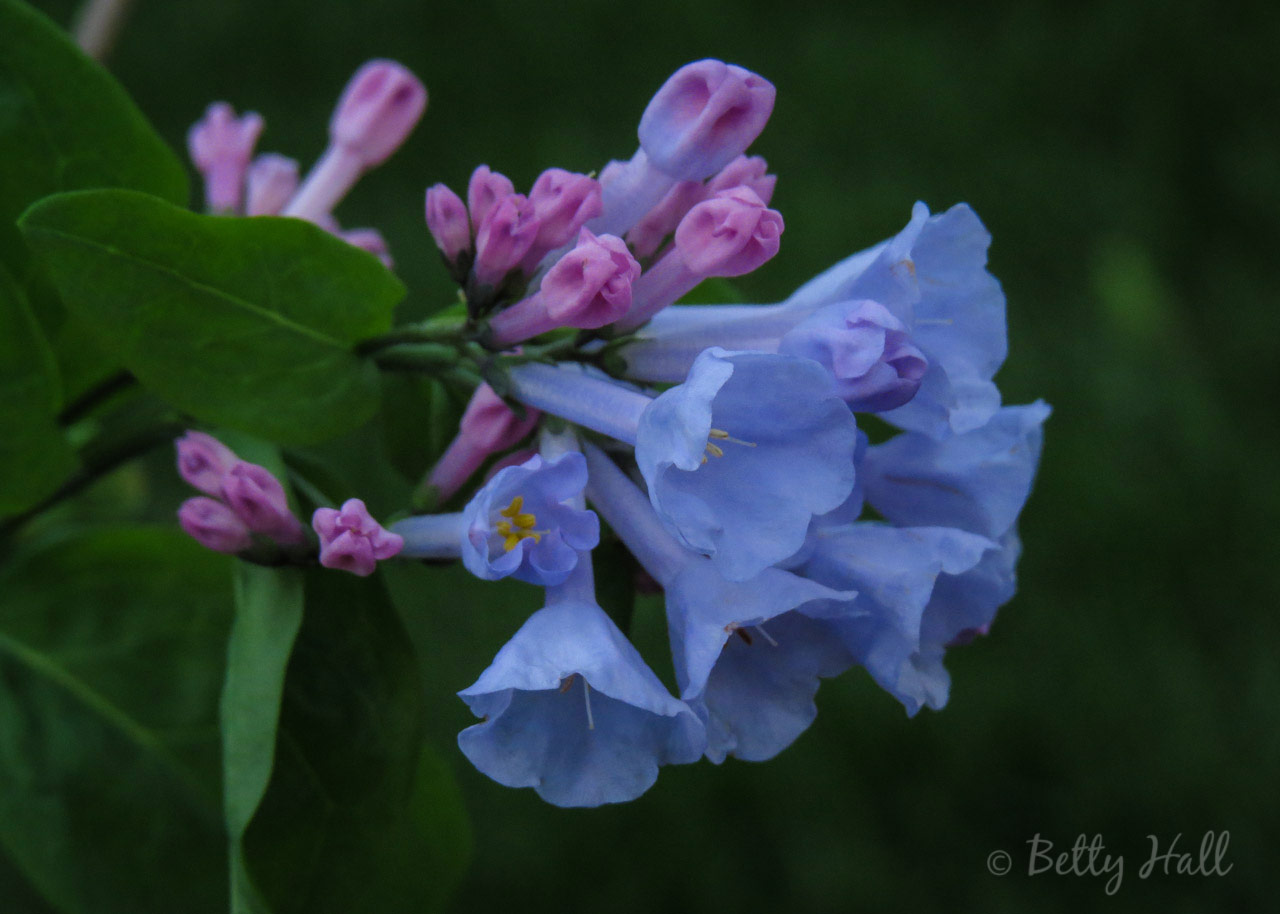I know many folks are afraid of snakes, and I haven’t always fully appreciated them. However, I’ve come to understand that they are beneficial, and it was a treat to see this Garter snake basking in the backyard sun recently. Note the eye with a round pupil. Most poisonous snakes in North America have a vertical pupil.
Eastern Garter snakes (Thamnophis sirtalis) are one of the most common North American reptiles, and are considered harmless. Their appearance can vary, but they usually have three yellowish stripes. They feed on mice, slugs, insects, etc. Unlike other snakes that lay eggs, garter snakes give birth to live young.
I’m glad we don’t have to be concerned about posionous snakes in the yard, but I appreciate Garter snakes for the diversity and interest they provide. Although we don’t often see them, I’m glad to have them in the backyard.

